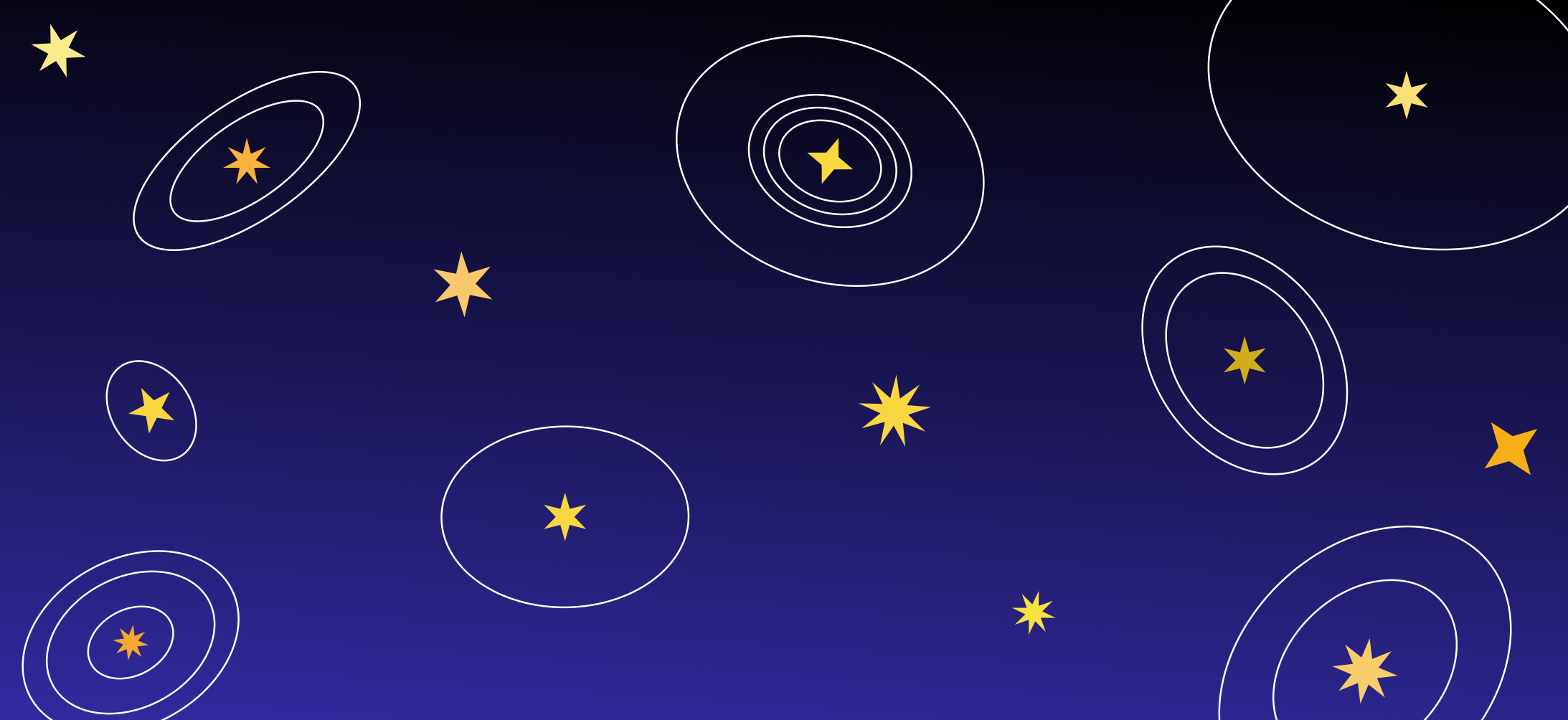Exoplanets in binary systems

Most stars are likely born with one or more bound stellar companions. As a result, the diverse mechanisms sculpting exoplanet systems are inextricably linked to stellar multiplicity. I am particularly interested in the 3D orbital geometries of exoplanets in wide stellar binary systems, including both their orbit-orbit and spin-orbit geometries. The properties of such systems may offer critical insights into the initial conditions of exoplanet systems, as well as how they are shaped over their lifetimes.
The fourth result from the SOLES survey, which delves into the role of stellar binarity in the stellar obliquity distribution, is described in my research highlight here.
Select associated publications
- Liu, Y., Lu, T., & Rice, M. 2025 ApJ 986, 103 - The Formation of Double Hot Jupiter Systems through von Zeipel-Lidov-Kozai Migration
- Christian, S., Vanderburg, A., Becker, J., et al. (incl Rice, M.) 2025 AJ 169, 308 - Wide Binary Orbits are Preferentially Aligned with the Orbits of Small Planets, but Probably Not Hot Jupiters
- Hand, J.E., Gerbig, K., & Rice, M. 2025 ApJL 985, L2 - The Case for Edge-on Binaries: An Avenue Toward Comparative Exoplanet Demographics
- Christian, S., Vanderburg, A., Becker, J., et al. (incl Rice, M.) 2025 AJ 169, 308 - Wide Binary Orbits are Preferentially Aligned with the Orbits of Small Planets, but Probably Not Hot Jupiters
- Gerbig, K., Rice, M., Zanazzi, J.J., Christian, S., & Vanderburg, A. 2024 ApJ 972, 161 - Aligning Planet-Hosting Binaries via Dissipative Precession in Circumstellar Disks
- Rice, M., Gerbig, K, & Vanderburg, A. 2024 AJ 167, 126 - The Orbital Geometries and Stellar Obliquities of Exoplanet-hosting Multistar Systems
- Rice, M., Wang, S., Gerbig, K., et al. 2023 AJ 165, 65 - The Orbital Architecture of Qatar-6: A Fully Aligned Three-Body System?